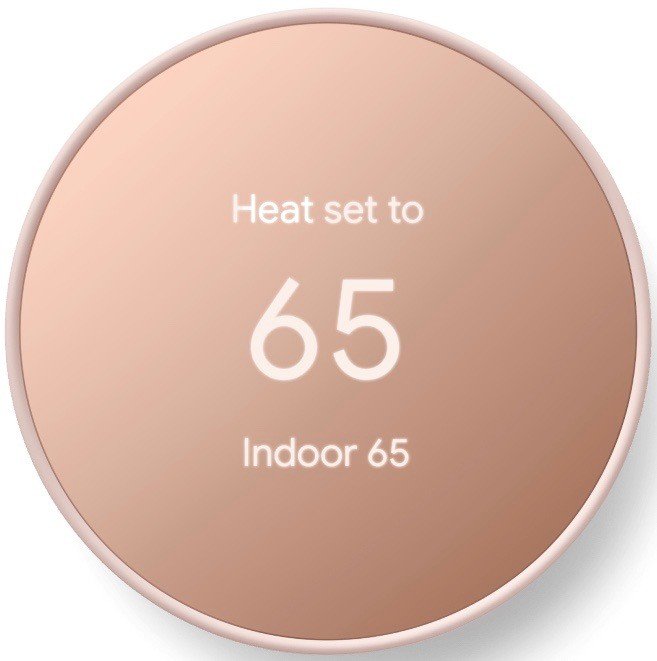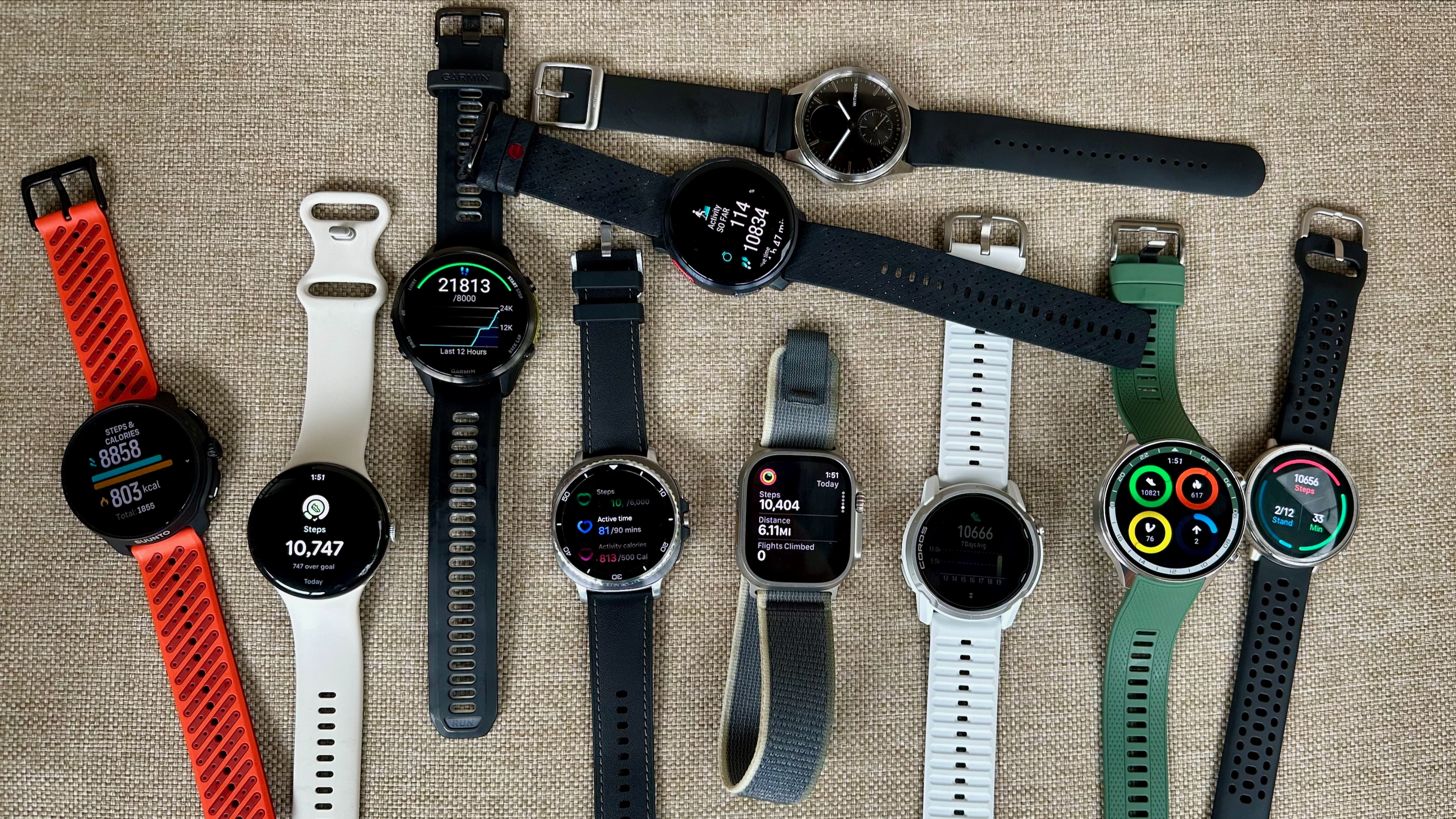Is the Nest Thermostat compatible with the Nest Temperature Sensor?

Best answer: No. As feature-laden as the Nest Thermostat is, it's not compatible with the Nest Temperature Sensor. If you want to use the sensor, you must have either a 3rd generation Nest Learning Thermostat or a Nest Thermostat E. Each of these thermostats can be paired with up to six temperature sensors.
Google Nest Thermostat: Plenty of features, but still an entry-level device
Launched in October last year, Google's Nest Thermostat is arguably one of the best smart home gadgets available in the market right now. The smart thermostat sports a sleek and modern design, complete with a mirror-finished front panel and convenient side-mounted touch controls. You also get goodies like customizable heating/cooling schedules, easy control via the Google Home app, as well as the ability to monitor your home's HVAC system and, if needed, send maintenance alerts, all at an affordable price.
However, being an entry-level model, the Nest Thermostat lacks features that its pricier siblings (e.g., Nest Learning Thermostat) come with. One such feature is compatibility with Google's Nest Temperature Sensor.
Why would I need to use a separate temperature sensor with my thermostat?
The Nest Thermostat primarily relies on its onboard temperature sensor to control the heating and cooling in your home. While this system generally works well, it doesn't take into account subtle temperature variations among different rooms. So if the thermostat is installed in a room that's different from the one you and your family spend most of their time, you may not get the desired results.
This is where something like the Nest Temperature Sensor comes into the picture. Being a standalone device, it can measure the temperature in a room/location of your choice, even if the thermostat isn't installed there. This information is then transmitted directly to the thermostat, provided it's compatible, allowing for a better adjustment of your home's HVAC system.
Get the latest news from Android Central, your trusted companion in the world of Android
Which thermostats are compatible with the Nest Temperature Sensor?
If you want to use the Nest Temperature Sensor, you must have a 3rd generation Nest Learning Thermostat, which is still one of the best smart thermostats available out there. The sensor is also compatible with Nest Thermostat E, but Google has all but discontinued that model, so it may not be easy to get your hands on one.
You can pair up to six temperature sensors with each compatible thermostat. Furthermore, a home may have up to three such thermostats for a total of up to eighteen temperature sensors.
How does the Nest Temperature Sensor work?
The Nest Temperature Sensor is a fairly basic device. It simply measures the temperature of the room/location it's installed and sends that data (over Bluetooth) to a 3rd generation Nest Learning Thermostat or a Nest Thermostat E.
Since multiple sensors can be paired to a thermostat, you can use the Nest app to configure the sensor that the thermostat should use as the source of temperature data.

The perfect smart thermostat for anyone on a budget!
With its stunning mirror-finished front panel and effortless touch controls, Google's latest Nest Thermostat belies its affordable price tag. It lets you set multiple custom schedules via the Google Home app and even monitor your home's HVAC system to ensure everything's working as intended.

Want better heating and cooling in different parts of your home? You need this!
Google's Nest Temperature Sensor is a no-brainer if you have specific heating and cooling requirements for your home's different rooms. You can pair up to six temperature sensors with a single, compatible thermostat, and configure how the temperature data from them is used to regulate the HVAC settings.

Install it. Use it for a few days. Forget about it!
It may be a little old at this point, but Google's Nest Learning Thermostat still packs in more features than you can count. As the name suggests, it "learns" your home's preferred temperature settings, using them to build a custom heating and cooling schedule that maximizes both comfort and power efficiency.

When Rajat got his first Personal Computer—a Pentium III machine with 128MB of RAM and a 56kbps dial-up modem—back in 2001, he had little idea it would mark the beginning of a lifelong love affair with gadgets. That fascination, combined with a penchant for writing and editing, ultimately led to him becoming a technology journalist. Some of his other interests include Photography, Hand Lettering, and Digital Typography. Rajat is also somewhat obsessed with wrist-worn timepieces and appreciates a Casio just as much as a Jaeger-LeCoultre.
